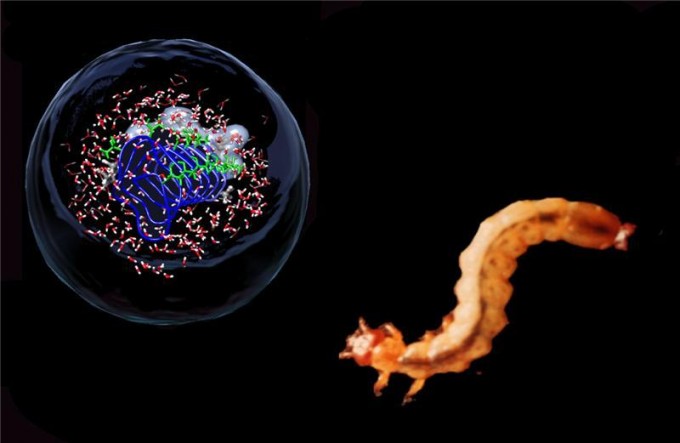Welcome to the first Friday Smorgasbord of 2013! We hope to deliver you our fresh weekly buffet of tasty tidbits of news. We lead off this year’s first “Smorgi” with a tale about fish and other organisms with that actually create proteins with antifreeze properties that help them not turn into ice cubes themselves. Scientists are using this research to help solve human problems like keeping ice crystals out of our ice cream.
[via NPR]
Even non-divers know of the dangers of rapid descents and accents can cause major havoc on the human anatomy from sickness to seizures and even death but scientists at the Pentagon are looking for ways to create a true Aquaman. The research proposal from Darpa, the U.S. military’s advanced research arm, will look to develop a way for commandos to be able to skydive from airplanes six miles above the earth and parachute into the ocean, then be able to dive 200 feet below the surface for extended periods of time. We imagine these suits would not be the classic orange and green, but something cooler.
[via WIRED]
http://youtu.be/JAdWFI5I7to
“IT’S ALIIIIIVVVVVVEEEE!!!!” This spooky video of a headless, gutless fish appearing to reanimate is making it’s way around the interwebs. But instead of leaving the creepy video as is, the typical internet troll and naysayers came out in full force to call “Boo” to this frightening video accusing it been artificially induced, either by a hand holding the fish’s tail off-camera, or through a trick that utilizes table salt. As one person pointed out, “You can actually fake this effect with a lot of different types of fish and cuts. Basically as long as it has not been fully filleted all you have to do is apply some salt to the meat. The salt acts to refuel the sodium channels in the fish’s muscle and allows it to spasm like that.” What’s next? Dousing dreams of those of us who believe in Santa Claus and the Easter Bunny?
[via Huffington Post]
We are continually surprised to see how reef life extends beyond the traditional tropical shallow-water environment, and recent news surfaced (no pun intended) that a research team from the University of Queensland’s Seaview Survey discovered corals 125 meters (410 feet) below the surface at Ribbon Reef, near the Torres Strait and at the edge of the Australian continental shelf. What’s even more fascinating is these corals are believed to have photosynthetic cells to harvest light — even at these depths.
[via PHYS.org]




